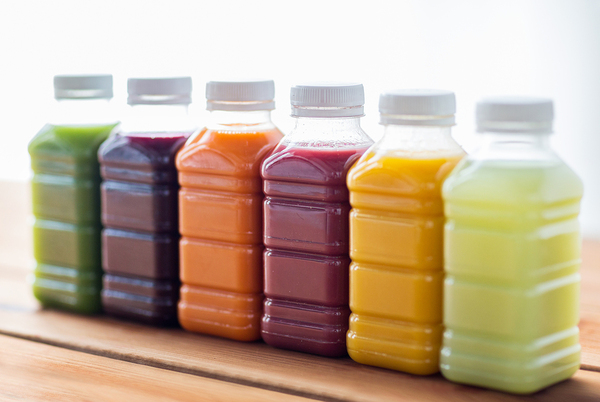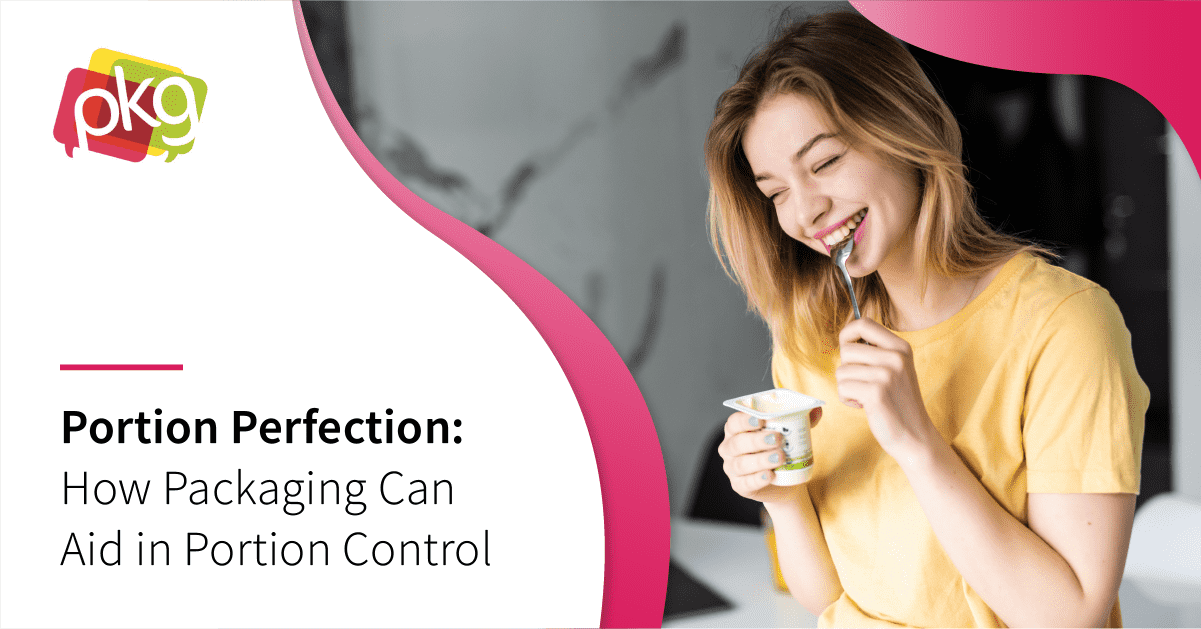The Food and Drug Administration (FDA) has regulatory authority over the status of any material that comes into contact with food, and regulatory status depends on each individual substance that makes up the material that comes in contact with food.

Manufacturers are responsible for ensuring that all materials that contact foods directly comply with applicable limitations, authorizations, and specifications in order to preserve food safety. To determine compliance of a food packaging material that directly contacts food, manufacturers must consider three things:
- The identity of the substance
- Applicable specifications such as purity or physical properties
- Limitations on the conditions of use
Quite naturally, people are concerned about the packaging substances that come into direct contact with the foods and beverages they consume, and recently the American Academy of Pediatrics (AAP) released a statement about packaging materials and foods consumed by children.
What the American Academy of Pediatrics Report Says
The new policy statement by the AAP calls for the FDA to implement reforms to current regulatory processes for food additives as well as food contact materials. They are concerned that the substances that make up packaging materials and food additives may cause adverse health effects in children over the long term.
The reason children may be more sensitive to the effects of these products is because they consume more food proportional to their body weight than adults do, and their developing systems are more sensitive to endocrine disruption than are those of adults. The AAP contends that the FDA’s “generally recognized as safe” (GRAS) designations “are insufficient to ensure the safety of food additives and do not contain sufficient protections against conflict of interest.” Of particular concern are:
- Bisphenols
- Phthalates
- PFCs
- Perchlorate
The View of the Plastics Industry Association
In response to the AAP statement, the plastics industry has defended the rigor with which current regulatory processes are carried out, stating that all food contact materials have to meet stringent safety requirement set forth by the FDA.

The Plastics Industry Association says there are misconceptions about the FDA evaluation process, and points out that FDA studies model consumer exposure using low body weight and high food consumption rates to ensure that food contact materials meet safety standards for the entire population, including children. Furthermore, the association says that the AAP policy statement is not based on any new data and ignores a recent study on BPA that confirmed the material’s safety.
The FDA Will Have the Final Word
Ultimately, the FDA has the authority to request more data on authorized food contact materials, and if there are suspicions that a substance may be unsafe, or if people consume far more of it than expected, it can demand further studies. The FDA can, if studies indicate it would be prudent, work to reduce levels of certain food contact materials, or even prohibit use of a substance.
The FDA has oversight over its Division of Food Contact Notification and Review to ensure that all the components of materials that come into contact with foods, including packaging and processing equipment, are safe for their intended uses. Its Food Contact Substance Notification Program must be followed for all new food contact substances. And under the FDA’s Generally Recognized as Safe (GRAS) program, food contact materials must have been adequately shown to be safe under the conditions of intended use, and information on materials that qualify under GRAS are available to the public.
Will the new AAP policy statement affect the food packaging industry? It is too soon to say, but it’s important that food packaging companies be prepared to communicate with consumers about the rigorous safety programs their packaging materials must undergo before being allowed for use as food contact materials. PKG Brand Design is always on the forefront of new CPG branding and packaging initiatives; please subscribe to our blog for the latest package design industry news!



-min-2.png)



